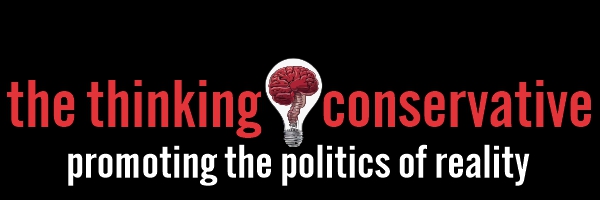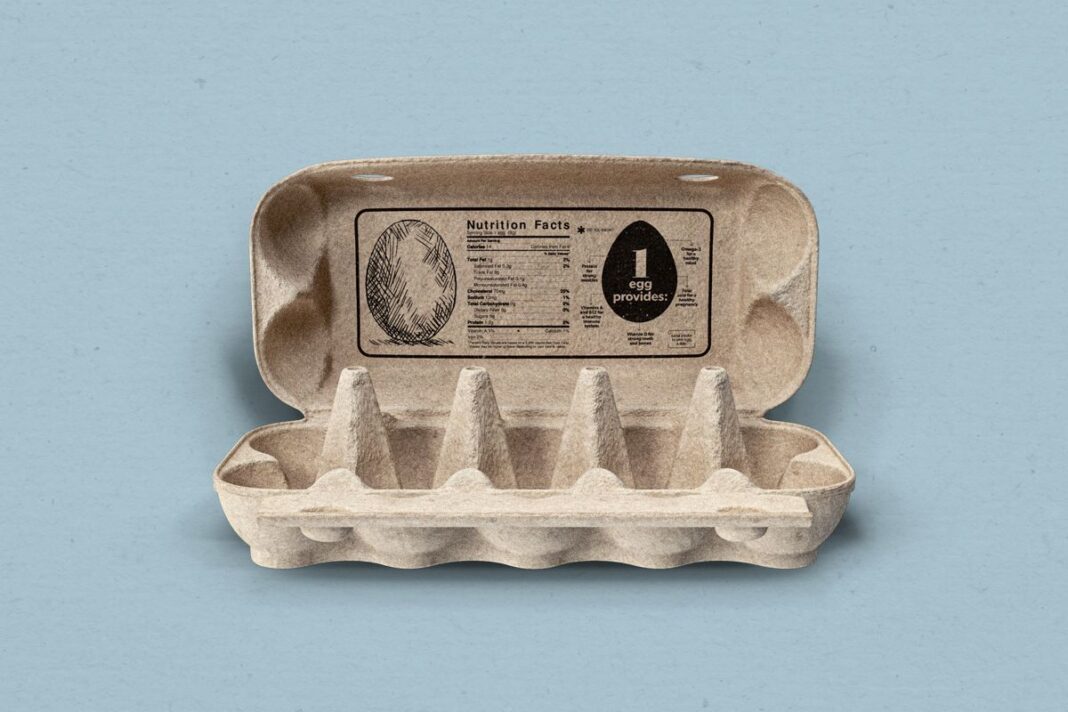Since the avian influenza outbreak began, the nation’s top three egg-producing states—Iowa, Ohio, and Indiana—have lost more than 55 million birds.
Egg prices in the United States have never been higher. They likely will drop back to a more typical level, but no one can say exactly when.
Various experts who spoke with The Epoch Times said the average price a consumer paid for a dozen eggs rose to more than $7 per dozen in early February. Americans in some regions are paying more than $8 a dozen, a record high.
Experts said this high price for the staple good was the result of a prolonged outbreak of highly pathogenic avian influenza (HPAI), which has resulted in the decimation of America’s chicken flocks over the past two years, as well as other inflationary factors.
According to the January 2025 Consumer Price Index data published by the U.S. Bureau of Labor Statistics, the price of eggs rose by 53 percent between January 2024 and January 2025, and by 15.2 percent in January alone.
In its latest Egg Markets Overview report published Feb.14, the U.S. Department of Agriculture pegged the average wholesale price of eggs at $7.74 a dozen. In higher cost-of-living areas like New York, the wholesale price was $8.23. In California, a state with higher animal welfare standards, the wholesale price was $9.17 a dozen.
Agricultural economists who spoke with The Epoch Times said there is not a shortage of eggs, meaning there are enough eggs to satisfy national demand. Nevertheless, consumers are likely to pay surcharges at restaurants, see substitutions and price increases in goods that use eggs, face buying limits at their grocers, and maybe even see empty store shelves.
In the simplest terms, the price of eggs is high and rising because the demand is beginning to outstrip the current supply. Meanwhile, unpredictable HPAI outbreaks continue to impede efforts to rebuild the flock of egg-laying hens.
Avian Influenza
Carol Cardona, one of the nation’s foremost experts on avian influenza, told The Epoch Times the HPAI scenario is “catastrophic” for the nation’s egg industry.









